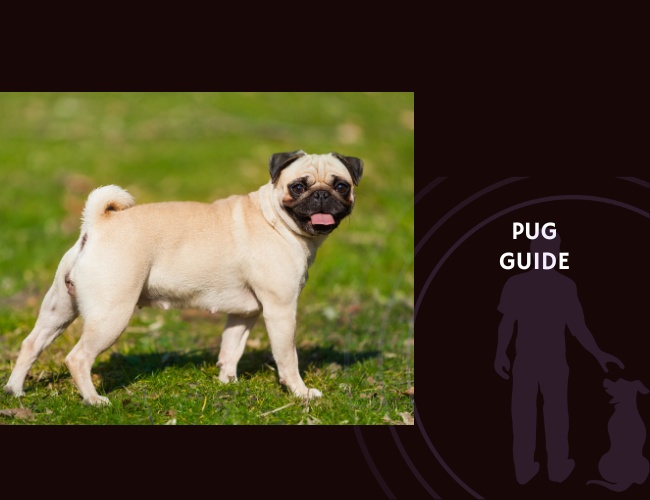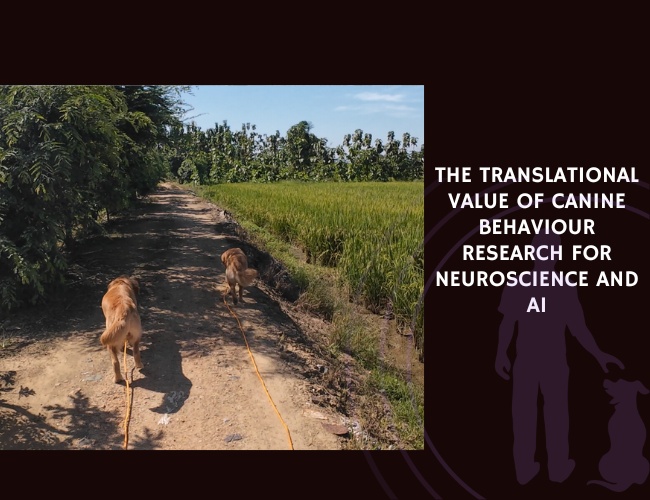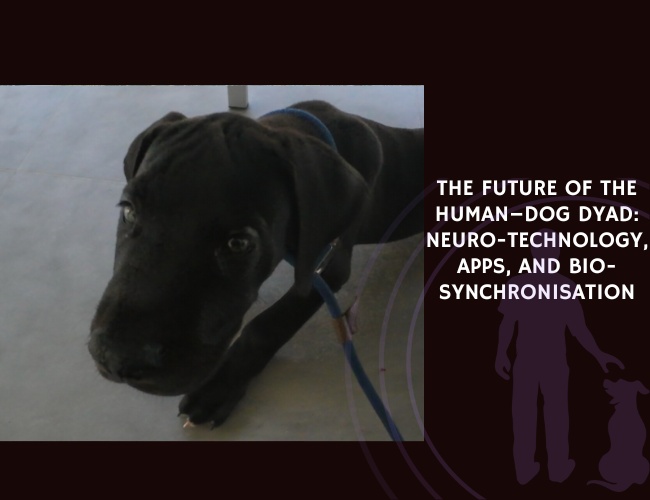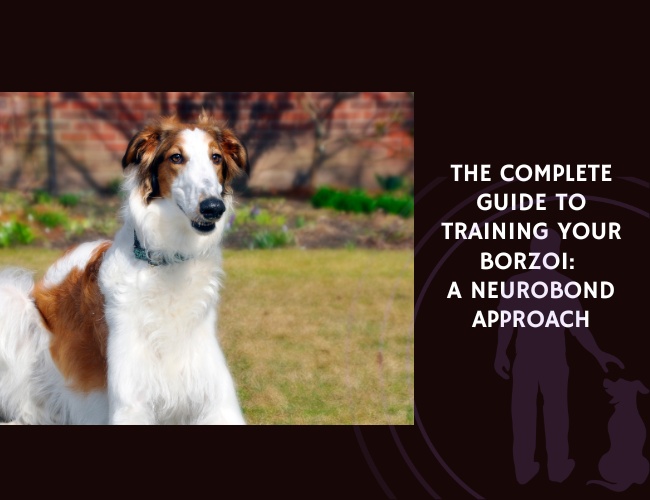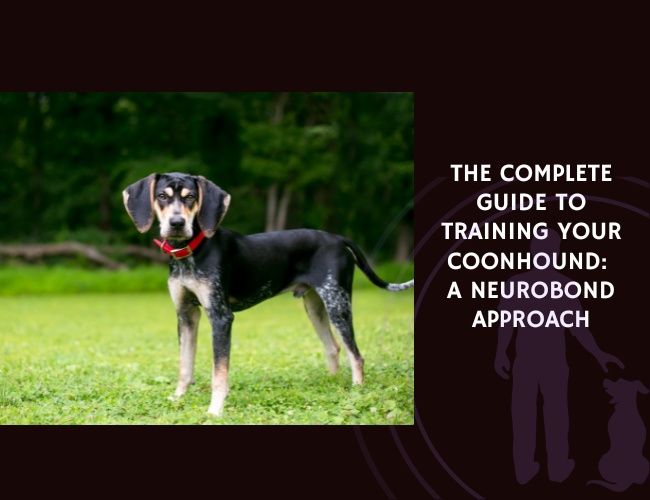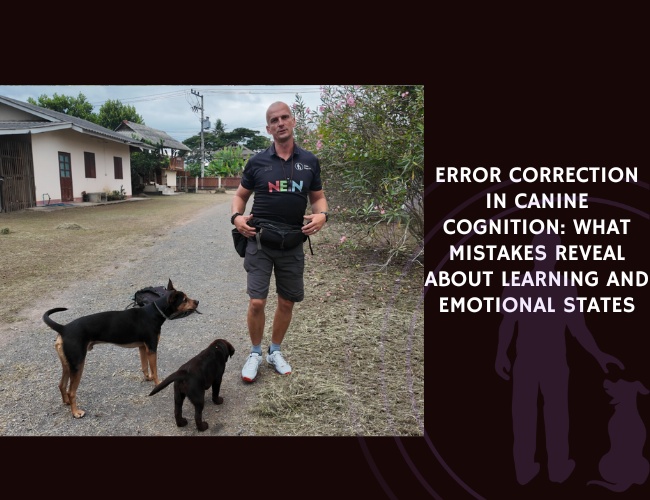Introduction to the Pug Breed
History and Origin
Pugs have a rich and ancient history. Their roots trace back to ancient China, where they were treasured as royal companions. Bred for their gentle nature, they often lived alongside emperors and enjoyed a life of luxury. In the early 16th century, traders brought these charming dogs to Europe. Soon, Pugs spread through royal courts, gaining popularity in countries like the Netherlands, France, and England. Their distinctive features and appealing personalities made them favorites among nobility and artists.
Distinctive Physical Characteristics and Appearance
Pugs are instantly recognizable. They have a compact, sturdy body with short legs and a curly tail. Their large, round eyes and expressive faces set them apart from other breeds. One key feature is their flat, wrinkled face, which gives Pugs their characteristic “smooshed” appearance. Their coats come in various shades, commonly fawn or black, and feel smooth and soft. Despite their small size, Pugs carry themselves with confidence, often exuding a playful charm.
Why Pugs Have Become Popular Companion Dogs
Pugs have won hearts worldwide thanks to their affectionate and loyal personalities. Their size makes them perfect for both city apartments and larger homes. These dogs thrive on human interaction and build strong bonds with their families. Pugs rarely show aggression and tend to get along well with children, other dogs, and even cats. Their adaptability and loving nature explain why so many households cherish them as ideal companions.
Pugs’ special charm invites owners to discover even more about their unique qualities and care needs.
Pug Character & Temperament
Emotional Attachment and Dependency Patterns
Pugs are best known for their loving and devoted personalities. They often develop strong emotional bonds with their people, thriving on close contact and companionship. Many Pugs seek physical closeness, enjoying snuggles or simply resting beside family members. Their dependency can be quite visible, as they frequently follow their owners from room to room and may become anxious when left alone for long periods. This emotional connection makes them excellent companion animals but also means they do best in homes where someone is present most of the day.
Social Behavior with Humans, Other Dogs, and Pets
Pugs are typically friendly and adaptable, showing good social skills with both adults and children. They tend to be tolerant and gentle, making them suitable for families or households with other animals. However, each dog is an individual, and early socialization is important to help Pugs learn appropriate behavior around both humans and other pets. In multi-pet homes, Pugs can usually coexist happily, especially if introductions are managed calmly.
Facial Expressions and Pug Communication
One of the most engaging qualities of a Pug is their expressive face. Their large, round eyes and wrinkled brows can convey a range of emotions, from excitement to concern. Learning to read your Pug’s facial cues—like a furrowed brow when confused or sparkling eyes when happy—can help strengthen your bond. Since research on the specifics of Pug communication is still limited, attentive owners play a key role in interpreting and responding to their dog’s needs.
Moving forward, it’s essential to understand how the physical features unique to Pugs shape many aspects of their lives.
Understanding Brachycephalic Features
What brachycephaly means for Pugs
Brachycephaly describes a head shape that is short and broad. In Pugs, this gives them their adorable, flat faces and big, soulful eyes. However, this same feature comes with special considerations. The shape affects the airway, mouth, and positioning of teeth and nose. As a result, Pugs may be more prone to snorting, snoring, and even breathing difficulties, especially during exercise or hot weather. Owners need to recognize that these traits, while endearing, are also linked to unique health risks.
Behavioral traits linked with flat-faced breeds
Pugs, as a brachycephalic breed, can show behaviors shaped by their facial structure. Their short snout may mean they tire more easily, especially when active. Pugs often seek companionship and comfort in calm, cool places. Because they can struggle to regulate temperature, they’re more likely to enjoy things like cuddling on soft furniture rather than running around for long periods.
Studies comparing brachycephalic and non-brachycephalic breeds could shed light on whether these unique skull shapes also influence learning, sleep, or emotional behavior, but more research is needed. For now, it’s important to observe each Pug as an individual and consider these potential influences in training and play.
How unique anatomy shapes everyday life
Their short faces influence Pugs’ daily routines. Eating requires special bowls or careful feeding techniques. Walks must be managed gently, watching for any signs of heavy breathing or fatigue. Owners are encouraged to avoid harsh weather, keep living spaces cool, and provide frequent rest. These efforts help Pugs live happy lives despite their limitations.
With the basics of brachycephalic features in mind, understanding the training methods that suit Pugs best will help unlock their true potential.

Training Your Pug
Effective Motivation and Reinforcement Strategies
Training a Pug requires patience, consistency, and creativity. Pugs often respond best to positive reinforcement, which means rewarding good behavior rather than punishing unwanted actions. Most Pugs are food-motivated, so small healthy treats can be an effective reward. You can also use cheerful praise or play with a favorite toy as incentives. Remember, short and regular sessions keep their interest high and prevent boredom or frustration.
Attention Span Challenges and Focus-Building Exercises
Pugs can have a short attention span, which may lead to distractions during training. Using brief, focused exercises helps maintain their interest. Aim for sessions lasting five to ten minutes, and keep instructions simple and clear. Break tasks into small steps and celebrate even minor successes. Training in a quiet space with limited distractions can make it easier for your Pug to pay attention and learn. If you notice your Pug getting tired or distracted, offer a short break and return when they are more engaged.
Potty Training Techniques Specific to Pugs
Potty training your Pug involves patience and routine. Take your Pug outside or to a designated potty spot at regular times, such as after naps and meals. Early praise and treats for using the correct spot will help reinforce the behavior. Be sure to clean up accidents calmly without scolding, as negative reactions can cause anxiety. Consistent routines and gentle encouragement support success.
Pugs thrive on clear, supportive guidance and a loving approach. Their progress may require patience, but small wins add up to reliable skills that enhance daily life.
Socialization & Learning
Social learning: picking up cues from others
Pugs are known for their charm and curiosity, which help them learn from watching other dogs and their people. While specific research on Pug social learning abilities is limited, it’s clear that dogs often observe and imitate behaviors—like following a friend out the door or responding to a leash being picked up. These shared moments help Pugs develop good habits in group settings, showing that learning isn’t just about individual lessons but also about positive social interactions with others.
Handler responsiveness and cue recognition
Pugs can become very responsive to their handlers with positive training. Using simple cues and a clear, consistent voice encourages understanding. It’s best to start with one-word commands, such as “sit” or “come,” paired with a hand gesture. Frequent and gentle repetitions—alongside rewards—build reliable responses. Keep training sessions short and playful to match the Pug’s attention span and help prevent boredom.
Positive experiences in new environments
New sights and sounds can be both exciting and overwhelming for your Pug. Help them adapt by introducing changes gradually. Start with short trips and a favorite toy for reassurance. Try visiting quiet places before busier ones. Every successful outing builds confidence and reduces stress, setting your Pug up for a life where new experiences bring curiosity rather than fear.
Feeling secure allows Pugs to enjoy their surroundings and connect with others—laying the groundwork for healthy routines and lifelong learning.
Nutritional Needs & Diet Management
Meeting Caloric Needs and Managing Weight
Supporting your Pug’s health starts with managing their daily calorie intake. An average adult Pug needs about 500 calories per day, but this number depends on age, activity level, and body condition. Overfeeding is easy due to their affectionate eyes and love of treats, but excess calories can quickly lead to obesity—a significant concern in this breed. Monitor your Pug’s body shape regularly. Adjust portion size and meal frequency to keep them healthy and energetic, rather than focusing solely on what is printed on pet food packaging.
Key Nutrients for Skin and Coat
Pugs often have sensitive skin and a short, smooth coat. To keep both healthy, choose foods that include omega-3 and omega-6 fatty acids, zinc, and vitamin E. These nutrients help maintain skin barrier function and reduce dryness or itchiness. A shiny coat and clear skin are good indicators your Pug’s diet is balanced. If irritation or dullness appears, work with your veterinarian to review food ingredients and potential allergens.
Preventing Obesity and Health Issues
Because Pugs are prone to gaining weight, preventing obesity is one of the best gifts you can offer. Obesity not only stresses joints but also increases the risk of breathing difficulties and heart problems. Feed measured amounts at set times and use healthy snacks, like carrot sticks, in moderation. Routine weigh-ins and honest assessments will help you adjust as needed.
By taking a proactive approach to your Pug’s nutrition, you support a happier, healthier life for your furry companion.
Gentle. Loyal. Attached.
Pugs crave closeness.
They don’t just enjoy your presence—they need it. Most Pugs form deep bonds with their humans and follow them from room to room, seeking eye contact, warmth, and reassurance. When left alone too long, their attachment can turn into anxiety, making emotional support as vital as food and water.
Social but selective.
While Pugs are generally sociable and tolerant of other pets, they prefer calm companionship over chaos. Early, positive exposure to humans, dogs, and household life helps build their confidence. Their gentle nature makes them great with kids—but they still need guidance to feel safe in new situations.
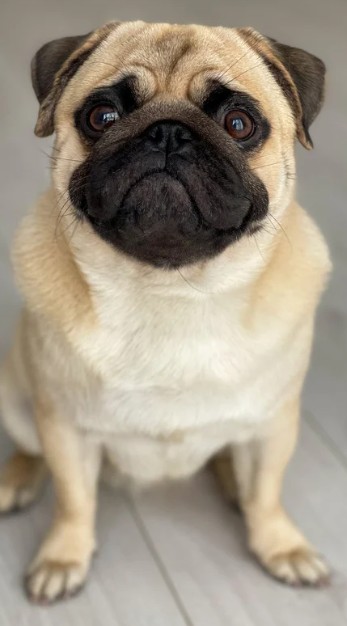
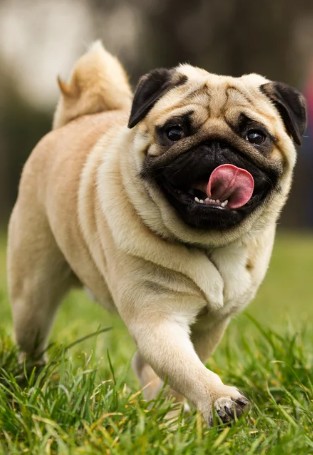
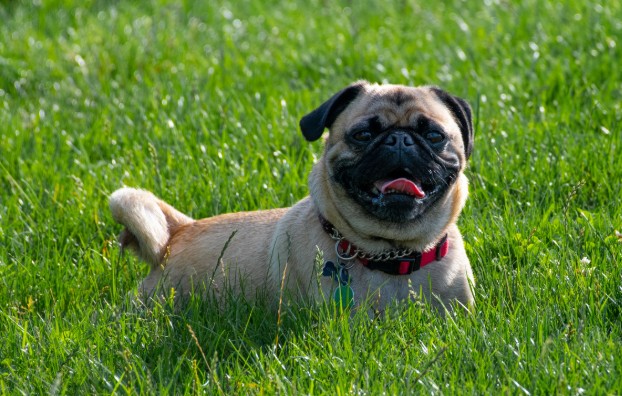
Expressions speak volumes.
A Pug’s face says it all. Wide eyes, wrinkled brows, and subtle head tilts communicate everything from curiosity to confusion. Their emotional vocabulary isn’t verbal—it’s visual. Reading their expressions is the key to understanding their needs before they bark, whimper, or withdraw.
Feeding Considerations for Brachycephalic Dogs
Special Feeding Techniques and Ergonomic Bowl Options
Caring for Pugs means adjusting feeding routines to fit their brachycephalic (flat-faced) anatomy. Because of their short muzzles and tightly spaced teeth, eating from standard bowls can be tricky. Many Pugs struggle to grab food comfortably, which may lead to gulping or frustration. Choosing a shallow, wide, or slanted bowl can make meals less stressful by allowing your dog’s face to reach the food easily. Raised bowls are helpful too, since they put less strain on necks and joints while eating. These small changes lead to safer and more enjoyable mealtimes.
Dietary Considerations for Digestive Health
Supporting a Pug’s digestive system is vital. Their compact build puts them at risk for tummy troubles, including gas and food intolerances. To help, stick with high-quality kibble made for sensitive stomachs. Limit table scraps and avoid sudden diet changes. Feed measured portions at regular times, as this routine suits their sensitive digestion and helps prevent overeating. Owners should watch for signs of upset, like loose stools or vomiting, and seek advice from a veterinarian if needed.
Supplements That Support Respiratory Function
With their airway challenges, some Pugs may benefit from supplements aimed at easing inflammation and supporting lung health. Omega-3 fatty acids can help reduce inflammation throughout the body, while certain antioxidants may offer extra protection for respiratory tissues. Always use supplements designed for dogs, and check with your vet to confirm safety and necessity. Balanced nutrition, careful feeding practices, and regular monitoring keep your Pug comfortable and healthy.
Making thoughtful feeding choices sets the stage for lifelong well-being and comfort.
Common Health Concerns: Respiratory System
Understanding Brachycephalic Obstructive Airway Syndrome (BOAS)
Pugs, with their adorable flat faces and short muzzles, are classified as brachycephalic dogs. This skull shape puts them at risk for Brachycephalic Obstructive Airway Syndrome (BOAS). BOAS is a condition caused by narrowed nostrils, an elongated soft palate, and a small windpipe. Together, these features make it harder for Pugs to move air in and out of their lungs. This means that breathing can be a real challenge, especially during exercise or in hot weather.
Signs of Respiratory Distress
Recognizing early signs of breathing problems is important. Look for
- Noisy breathing or snorting
- Increased effort to breathe, especially after play
- Gagging or frequent coughing
- Blue tongue or gums (a sign of low oxygen)
- Fainting spells or sudden collapse
If you notice any of these, it is best to consult a veterinarian right away. Responding quickly helps keep your Pug comfortable and safe.
Managing and Treating Breathing Difficulties
Caring for a Pug with BOAS requires ongoing attention and support. Keeping your Pug at a healthy weight helps reduce breathing strain. Avoid exercise in hot or humid weather, as overheating can quickly make breathing harder. Walk your Pug with a harness instead of a collar to prevent pressure on their neck. In some severe cases, surgery can help by widening the nostrils or shortening the soft palate.
Prompt action, careful monitoring, and regular vet visits will help your Pug enjoy a full and active life. Keeping these points in mind prepares you for other important health topics you may face as a Pug owner.
Eye, Joint & Skin Health
Common Ocular Disorders and Preventative Care
Pugs’ large, prominent eyes are eye-catching, but they are also sensitive. Common ocular issues include dry eye, corneal ulcers, and proptosis, where the eye can partially pop out due to their shallow eye sockets. To keep your Pug’s eyes healthy, clean around the eyes daily and check for redness, discharge, or squinting. Early detection is key, so regular vet checks are essential. If you notice any abnormal symptoms, contact your veterinarian for prompt care.
Orthopedic Conditions Affecting Pugs
Pugs are also more prone to joint issues, including hip dysplasia and luxating patella, where the kneecap slips out of place. These orthopedic challenges can lead to walking difficulties or soreness. If you spot limping, reluctance to play, or a change in movement, let your vet know—intervention helps manage discomfort. Keeping your Pug at a healthy weight and providing non-slip flooring at home can help reduce stress on joints.
Allergic Dermatitis and Skin Fold Management
The deep skin folds and sensitive skin on Pugs mean there’s a risk of skin fold dermatitis and allergic reactions. Moisture and dirt trapped in folds can cause irritation or infections. Prevent this by gently cleaning between skin folds every day and drying the area well. Watch for redness, hair loss, or an unusual odor, which might signal infection. Regular hygiene and vet visits help manage these risks and keep your Pug comfortable.
Staying informed and proactive about these health matters helps your Pug maintain an active, happy lifestyle.

Neurological Considerations
Pug Dog Encephalitis (PDE): Symptoms and Management
Pug Dog Encephalitis (PDE) is a serious and often fatal condition unique to Pugs. It is an inflammatory disease that affects the brain, typically in young or middle-aged dogs. Symptoms may include seizures, noticeable changes in behavior, loss of coordination, and circling. These signs often appear suddenly and can progress quickly.
Currently, there is no cure for PDE. Treatment focuses on managing symptoms and providing supportive care. Anti-seizure medications and steroids may offer short-term relief. If you notice any unusual changes in your Pug’s behavior or movement, consult your veterinarian right away for an informative and professional evaluation. Supportive care can make your Pug as comfortable as possible during this difficult time.
Other Neurological Issues
Besides PDE, Pugs may experience other neurological problems. These can include seizures from unknown causes, spinal issues, and nerve disorders. Signs might be subtle at first, such as slight stumbling, head tilting, or unexplained aggression. Because of the breed’s unique anatomy, regular neurological check-ups are important for early detection and effective management.
Monitoring for Early Signs
Caring owners should monitor for warning signs like difficulty walking, tremors, or sudden confusion. Early detection makes a meaningful difference. Keep a record of any strange behaviors or symptoms to share with your vet. This compassionate and informative approach helps your Pug get the best possible care 😊.
By staying observant and proactive, you help ensure your Pug faces each day with comfort and emotional support.
Lifestyle Adaptations for Pugs
Creating a Comfortable Home
Making your home pug-friendly shows care and understanding. Because of their compact size, Pugs do well in both apartments and houses. Provide soft bedding in a calm corner, away from drafts. Keep food and water bowls at a height that is easy to reach—this makes mealtime more relaxed for your Pug. Due to their breathing challenges, ensure good air flow and avoid excessive heat or humidity.
Daily routines help Pugs feel secure. Stick to regular times for meals, play, and potty breaks. Use baby gates to protect them from stairs if joint issues develop.
Living in Smaller Spaces
Pugs are well-suited to apartment life. Their moderate energy and love for napping mean they do not need large yards. Even in a small home, provide toys, puzzle feeders, and safe windowsills for them to explore. Remember to walk them outside daily, but avoid intense exercise or walks during high heat.
Noise and crowds can sometimes stress a Pug. If you live in a busy building, train your Pug to relax in a designated quiet area. Patience and consistency are key.
Social Enrichment and Emotional Well-being
Social interaction is at the heart of a happy Pug. They crave human company and often bond closely with their families. Structured play sessions, short walks, and gentle training all foster this bond. Pugs enjoy learning games, food puzzles, and sniffing new scents, so rotate enrichment activities often.
If you are away from home, consider a pet sitter or a doggy playdate to meet their social needs. Your Pug’s emotional health blossoms in an environment full of affection and gentle engagement.
Meeting these needs leads to a more enjoyable daily life with your Pug and sets the stage for learning more about their exercise and activity requirements.
Exercise & Activity Requirements
Finding the Right Activity Balance
Pugs benefit from daily exercise, but their activity level should match their abilities. Short, gentle walks and indoor playtime are ideal ways to keep them active without overstressing their bodies. Aim for one or two short sessions each day rather than long outings. Active play—like a game of fetch in a shaded backyard or interactive toys indoors—provides stimulation and keeps boredom at bay.
Considering Heat Sensitivity
Due to their short noses, Pugs are sensitive to heat and humidity. They can quickly overheat, so walk them during cooler times—early morning or late evening. Always offer fresh water and never leave your Pug in a hot, enclosed space. On warm days, play inside where it’s cool and comfortable. Watch for signs of overheating, such as heavy panting or sluggish behavior, and pause activities if needed.
Physical Needs Versus Limitations
Pugs’ unique anatomy means they can struggle with vigorous exercise. Choose soft surfaces for walks to reduce joint strain, and avoid steep climbs or running. Monitor their breathing—if you notice noisy breathing or tiredness, stop and allow rest. Activities like slow-paced strolls and gentle play promote health while respecting their respiratory and joint limitations.
Appropriate exercise routines create a happier, healthier Pug, making daily life more enjoyable for both pet and owner.
Aging & Senior Pug Care
Age-related Changes in Pugs
As Pugs enter their senior years, changes in their bodies and behaviors often become noticeable. You may see your Pug slow down during walks, sleep more, or show stiffness when getting up. Their vision and hearing can decline with age, and they might become more anxious or dependent on your presence. These changes are a normal part of aging, but it’s important to stay observant and gentle as your companion adjusts.
Adapting Care Routines for Seniors
Adjusting your care routine supports your Pug’s comfort and health. Use soft bedding to cushion sore joints. Make sure food and water bowls are easy to reach, and keep mealtimes calm and predictable. Daily, short walks help maintain mobility but avoid strenuous exercise. Grooming is essential to prevent skin fold issues, and regular veterinary visits help monitor for age-related health problems, like arthritis or dental disease.
- Tips for adapting routines:
- Use non-slip mats to prevent falls.
- Keep living areas uncluttered.
- Monitor weight closely, as obesity makes aging problems worse.
Quality of Life and Palliative Care
Focusing on your aging Pug’s quality of life fosters dignity and comfort. Watch for changes like loss of appetite, ongoing pain, or disinterest in favorite activities. Your veterinarian can guide you in managing symptoms and discuss when palliative care or special support may help. Support from loved ones and attentive care makes a significant difference in your Pug’s golden years.
Daily compassion and mindful adjustments will help your Pug continue to enjoy their special place in your family.
Conclusion: Is a Pug Right for You?
Weighing Care Demands and Life with a Pug
Pugs bring warmth, humor, and devotion into the lives of their families. However, they come with unique care needs that require commitment and routine. Their brachycephalic (flat-faced) features make them prone to breathing difficulties, so careful monitoring is important, especially during exercise and hot weather. Regular vet visits, gentle cleaning of skin folds, and mindful feeding are essential for maintaining their health, especially as they age.
Key Considerations for Future Pug Owners
Before choosing to welcome a Pug, reflect on these supportive yet practical points:
- They thrive on companionship and can develop separation anxiety.
- Pugs benefit from gentle daily exercise but cannot tolerate heavy activity or heat.
- Their diet and weight must be closely managed to prevent obesity.
- Regular grooming, wrinkle care, and eye cleaning are a must.
- Some health conditions, like Pug Dog Encephalitis (PDE), need extra attention and ongoing vet support.
Adapting your home to suit a Pug’s needs and offering enrichment activities will help them flourish.
Where to Find Support and Information
Reliable information empowers every Pug owner. Seek breed-specific groups, consult experienced veterinarians, and stay updated with current research to ensure the highest quality care. Communities online or in local clubs provide advice and comfort for questions that arise.
Your journey with a Pug will be rewarding when their unique needs are met with empathy and patience.

